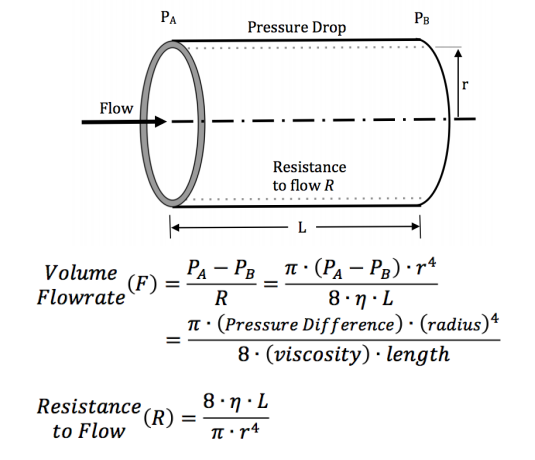Comparing Suturing And Stapling In Coronary Bypass Grafting Anastomosis
(1) Aventura Waterways K-8 Center, Miami, Florida
https://doi.org/10.59720/14-033
Coronary heart disease (CHD) is the number one killer worldwide and is responsible for 12.2% of all deaths. CHD is caused by a plaque buildup in the heart’s arteries, which can lead to a heart attack. If the plaque buildup level in the coronary arteries is high (i.e. ‘occlusion’), the most common treatment that involves surgery is the coronary artery bypass graft (CABG), which essentially bypasses the blocked area with a grafted blood vessel to bring blood to the heart muscle. Connecting the grafted blood vessel with the coronary artery is called anastomosis. For years, graft anastomosis has been done using suturing by hand. In the past several years, the U.S. Food and Drug Administration (FDA) approved products that allow a surgeon to do stapling anastomosis. However, while limited research has been done, additional research is still needed to learn more about the differences between suturing and stapling of such grafting anastomosis. Therefore, the purpose of this study was to investigate which suturing type (suturing vs. stapling) of coronary bypass grafting anastomosis provides a higher blood flow rate. After designing, developing, and programming an artificial heart capable of operating at different heart rates using a Lego® NXT™ robotic arm, we recorded the pressure on two gauges in order to calculate blood flow rate using Poiseuille’s Law.